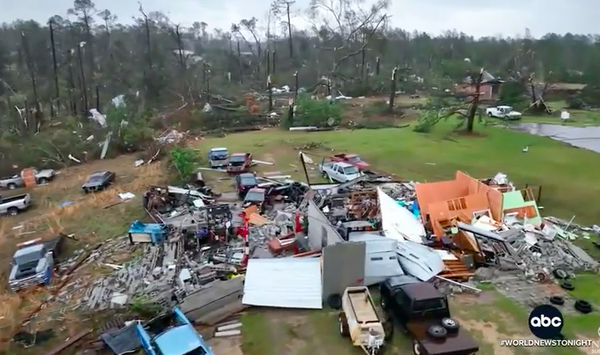It is tough for any market to withstand a 56% cost increase in a single year. That’s not a 56% jump in prices. It is a 56% pop in the cost to the buyer.
That’s what has happened in the past year in the U.S. housing market. Mortgage rates have more than doubled, increasing the monthly cost of borrowing money to buy an average-priced American home by 56%. That saps the purchasing power of borrowed money, yet it has not reversed the pandemic price gains.
Home prices have continued climbing even as mortgage interest rates have hit 20-year highs. Yes, price increases are slowing, but they have shown to be resilient so far to the higher borrowing costs faced by buyers. The number of existing homes sold in September fell by 24% compared to a year earlier while the median price increased by more than 8%.
So, fewer homes are being bought, but those that are purchased are going for higher prices than they were a year ago.
October existing home sales data will be released Friday in the week ahead. It likely will show sales continuing to fall precipitously while prices remain more resistant.
It is impossible to fight inflation with higher interest rates without impacting the housing market. How higher rates are affecting housing is the source of plenty of catastrophic speculation. Google searches for “housing collapse” haven’t been this popular since the Great Recession when housing prices actually collapsed.
Crash. Correction. Slumping. Those are just some of the words used in recent news headlines describing the housing market, which is responsible for about 15% of the economy. They describe the pace of home sales but not the prices. The economic existential worry is that price follows pace with real estate.
There have been two gigantic drivers of the housing price boom over the past several years; ultra-low borrowing costs and a dwindling supply. The age of cheap money has ended, yet the number of homes for sale remains low.
"The current lack of supply underscores the vast contrast with the previous major market downturn from 2008 to 2010, when inventory levels were four times higher than they are today,” said National Association of Realtors Chief Economist Lawrence Yun a month ago. The supply of homes for sale is unlikely to spike, which should be a stabilizing force underpinning prices even as borrowing costs rise.







